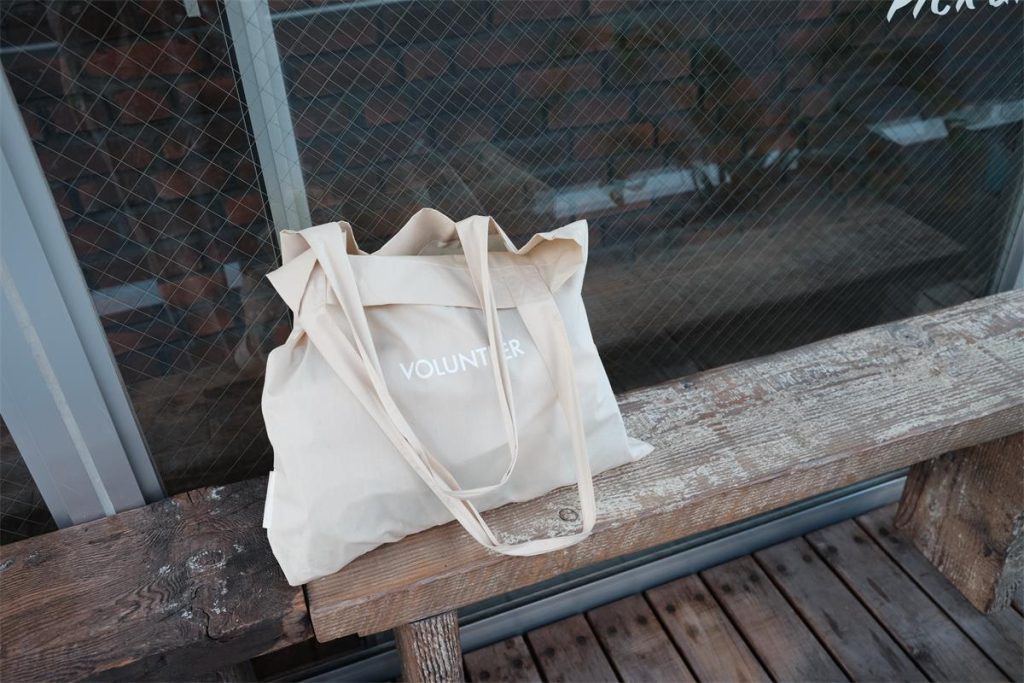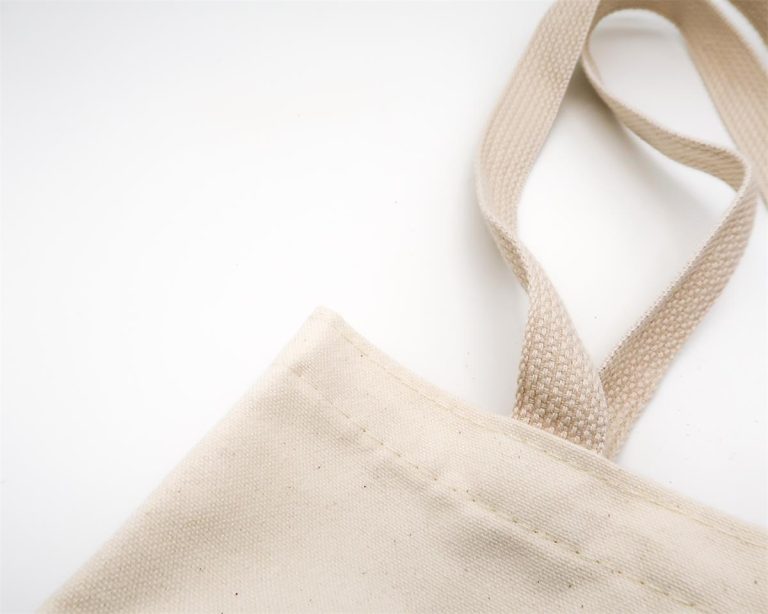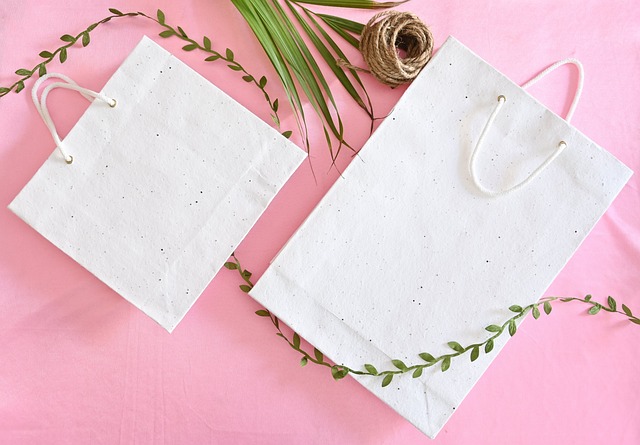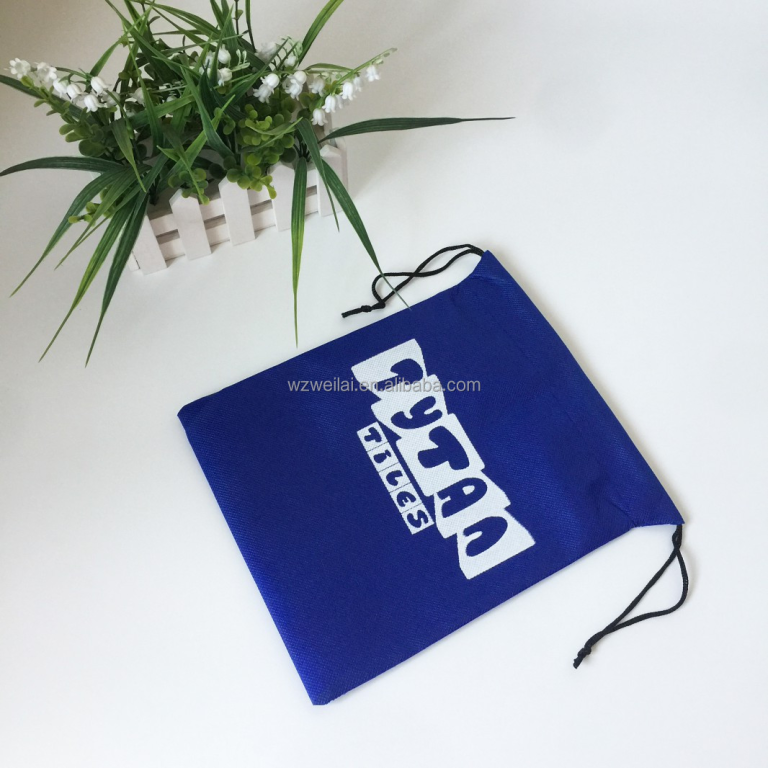Understanding the Production Process and Principles of Non Woven Bags
Introduction:
Non woven bags have gained popularity as eco-friendly alternatives to plastic bags. Understanding the production process and principles behind non woven bags can help us appreciate their sustainable qualities and make informed choices. This article aims to provide an overview of the production process and principles involved in creating non woven bags.

- Raw Material Selection:
a. Synthetic Fibers: Non woven bags are typically made from synthetic fibers like polypropylene (PP) or polyester (PET), as they offer durability and strength.
b. Recycled Materials: Some non woven bags are made from recycled materials, such as recycled PET bottles, contributing to waste reduction and resource conservation. - Fiber Formation:
a. Mechanical Process: The fibers are formed by mechanically entangling or interlocking the raw material fibers using methods like needle punching or spunbonding.
b. Chemical Process: Alternatively, the fibers can be formed through a chemical process, such as meltblowing, where the raw material is melted and then blown by high-speed air, forming fibrous layers. - Web Formation:
a. Carding: In the carding process, the fibers are aligned, cleaned, and blended to create a uniform layer of fibers.
b. Web Bonding: The aligned fibers are bonded together using various bonding methods like thermal bonding (applying heat and pressure), chemical bonding (applying adhesive), or mechanical bonding (needle punching or stitching). - Bag Formation:
a. Cutting: The bonded fiber web is cut into the desired shape and size for bag production, such as tote bags, drawstring bags, or messenger bags.
b. Seaming: The cut pieces are stitched or heat-sealed together to create the bag structure, ensuring durability and strength. - Finishing and Customization:
a. Printing: Non woven bags can be custom printed using techniques like screen printing, digital printing, or heat transfer printing to incorporate branding, logos, or designs.
b. Surface Treatments: Optional surface treatments like lamination or coating can be applied to enhance the bag’s aesthetics, durability, or water resistance. - Environmental Considerations:
a. Waste Management: Some non woven bags are designed to be recyclable or biodegradable, reducing their impact on the environment when disposed of properly.
b. Energy and Water Consumption: Sustainable manufacturing practices aim to minimize energy consumption and water usage during the production process.

Conclusion:
Understanding the production process and principles of non woven bags provides insights into their sustainable qualities and helps us make informed choices. From raw material selection to fiber formation, web bonding, bag formation, finishing, and environmental considerations, each stage contributes to creating durable, functional, and environmentally friendly non woven bags. By supporting brands that prioritize sustainable production practices, we can promote the use of non woven bags as sustainable alternatives, reducing our reliance on single-use plastic bags and contributing to a greener future.
Contact us for free sample






